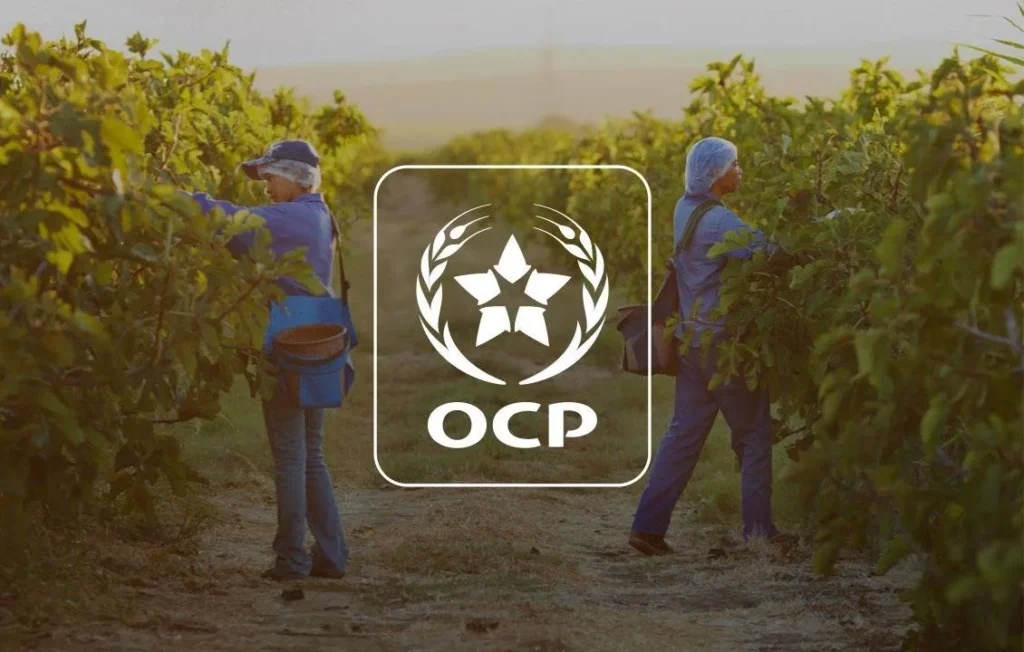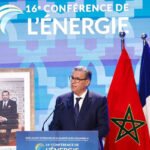Rabat -At this year’s international agricultural show in Morocco (SIAM), the OCP group performs deep transformations over agricultural landscapes as a fertilizer giant and as a driver.
Face builds His presence about a message that feels more and more important: Africa’s agricultural future has to rely on resilience, inclusion and science.
OCP does not arrive with slogans in Meknes. It brings a clear structure, soil health, water independence, carbon balance and support in the community, which is anchored in research and delivered by long -term partnerships.
This vision reflects more than institutional ambition. It proves that agriculture can eat and protect at the same time, but only if it is redesigned from scratch.
Soil as a starting point
At the center of the OCP strategy is deep respect for the ground. Instead of offering generic solutions, the group promotes precision: correct source, correct installment, real time, correct area. This approach moves beyond the convention and brings the adaptation to the field.
Through his Nutricrops subsidiary OCP developed Mixtures of certain plants, regions and soil types. These are not a fertilizer of the prevention. They answer real needs that are informed by real data.
Research behind these efforts includes continents. With the support of UM6P and Innovx, OCP is investigating soil biology, testing new microbial inputs and experiments with nanotechnologies. Over 52 million hectares of land have already been depicted, and thousands of tailor -made formulas are now supporting more sustainable yields throughout Africa.
A new relationship with water
Morocco’s fight against water shortages no longer feels abstract. Whole regions are out of deficiency. The farmers feel the pressure every season. In response to this, OCP Green Water, a subsidiary that devoted itself to the production of non -conventional water from the desalination and reuse of waste water. It is not a side project. It is a lifeline.
Today, OCP operations are based exclusively on non -conventional water. In Khouribga and Jorf Lasfar, the massive infrastructure ensures that mining and production continue to get from fresh water sources. At the same time, cities like Safi and El Jadida benefit from this shift and gain access to treated water that would once have been lost.
OCP is now working on expanding these efforts to expand these efforts, Marrakech, Khouribga, Youssouufia, and at the same time offers a replicable model for sustainable agriculture on the entire continent.
In the direction of a climate-capable industry
OCP’s climate council does not stop in agriculture. It aims at the entire production chain. The group is aimed at carbon neutrality by 2040 with a first milestone, the full range 1 and 2 neutrality, which is set for 2030. Over 85% of their energy already comes from renewable energies.
This transition includes more than changing the energy sources. It means rethinking products, processes and priorities. With low -carbon fertilizers, like the green TSP of the group, form part of the image. District water systems and solar -powered desalination plants form another. These changes do not occur in isolation. With a greater effort, you agree to earth the growth of the OCP in ecological balance.
Soil as a carbon sink
In Morocco, the Tourba program provides a new way of thinking about soil as a growing medium and as a living reservoir for carbon. Tourba founded OCP from OCP and works with farmers to introduce techniques such as direct sowing and regeneration rotation. The aim is to reduce carbon, to restore fertility and to improve yields without chemical overload.
So far, over 2,000 Moroccan farmers have tied together The project. UM6P floor research plays a crucial role here, whereby spectroscopy is used to pursue carbon retention and soil vitality. OCP hopes to extend this model over 6 million hectares by 2030 and to remove an estimated 7 million tons of CO2 from the atmosphere every year.
Center
The long -term bet from OCP is in humans. Through programs such as Al Moutmir, over 120 agronomic engineers work directly with farmers in more than 40 provinces. They offer more than technical support. They build relationships and trust, keys to permanent changes.
Initiatives such as Ellemoutmir and Mycoop support rural women and cooperatives, while farmer-to-lander conveyor has taken over the common knowledge in all regions. In 2024 alone, the OCP Foundation supported almost 90,000 people with agricultural, pedagogical and social programs.
In the southern provinces of Morocco, the Phosboucraa Foundation continues this vision and adapts the support of the needs and efforts of the Sahara communities.
OCP is not presented as a rescuer of agriculture. It positions itself as a partner, scientifically, strategically and rooted in the long term.
In Siam 2025, the presence of the phosphate giant reflects the developing role of Morocco in the global agricultural conversation. The challenges are enormous. But the answer, if it is based on science and common responsibility, can open a new chapter not only for Morocco, but also for African agriculture as a whole.





